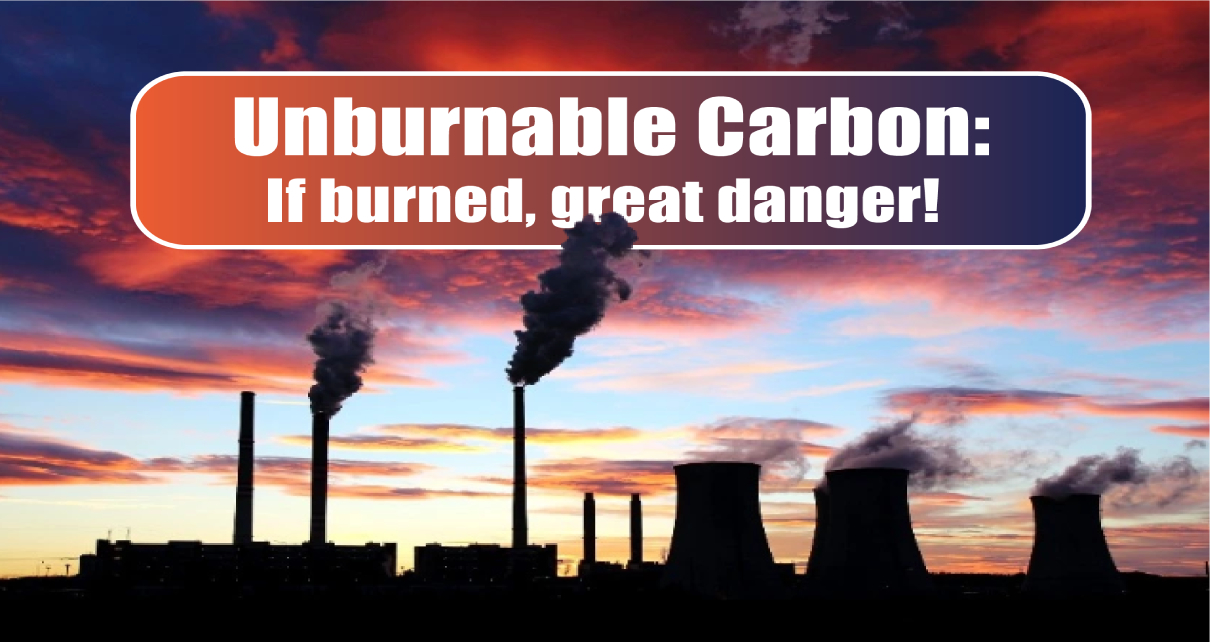
III. World context
Kyoto Protocol
The Kyoto Protocol was adopted in December 1997; however, due to its complex process, it only came into force more than seven years later, in February 2005.
In short, the Kyoto Protocol operationalizes the United Nations Framework Convention on Climate Change (United Nations, n.d.). Its aim is that both developed and developing countries commit to reducing greenhouse gas emissions according to the agreed targets. This international protocol requires each country to adopt measures and report periodically to achieve the common goal.
During the first commitment period, 5% emission reduction was achieved compared to 1990 levels over five years from 2008 to 2012. Furthermore, in December 2012 in Qatar, the Doha Amendment was adopted (United Nations, n.d.), establishing a second commitment period from 2013 to 2020 (European Parliament, 2015) and considering nitrogen trifluoride a greenhouse gas.
Only EU Member States, other European countries, and Australia have commitments during the second commitment. Other countries such as the U.S.A., Russia, Canada, Japan, and developing countries do not, affecting only 14% of global emissions. However, these countries, which do not have commitments, have voluntarily made pledges for climate action up to 2020.
Paris Agreement
Only EU Member States, other European countries, and Australia have commitments during the second commitment. Other countries such as the U.S.A., Russia, Canada, Japan, and developing countries do not, affecting only 14% of global emissions. However, these countries, which do not have commitments, have voluntarily made pledges for climate action up to 2020.
Similar to the Kyoto Protocol, this agreement aims to limit global warming below 2 °C and strengthen the each country’s ability to deal with the impacts of climate change.
The Paris agreement requires each party to establish an NDC, which should be updated every five years. In simple words, a Nationally Determined Contribution NDC is a plan made by each party to reduce greenhouse gas emissions and adapt to climate impacts. In December 2020, the EU has updated its NDC and improved the goal to reduce emissions by at least 55% by 2030 from 1990 levels (European Commission, n.d.).
The main difference between the Paris Agreement and the Kyoto Protocol is that the Paris Agreement requires that all countries, including developed and developing, do their part to achieve the common goal, while the Kyoto Protocol requires only developed countries to do their part.
Another difference is that the Paris Agreement has a robust system of monitoring, reporting, and reassessing individual and collective country targets over time (Natural Resources Defense Council NRDC, 2021) and does not have severe sanctions for those countries which do not meet the targets. Contrarily, the Kyoto Protocol, which has the same objective, does not include any specific requirement to achieve it.
Atmosphere’s carbon budget
The world can emit a certain amount of carbon to maintain global warming below a specific temperature limit. This is referred to as the global fixed carbon budget, meaning that if carbon is emitted above this budget, the Earth’s planet will increase above the target imposed by the Paris agreement.
Several models have computed the carbon budget for 2 °C global warming. These models estimate that around 2900 gigaton of CO2 can be emitted. However, since 1870, more than 70% of this budget has already been used, meaning that it would take about twenty years to use the 100% of the budget (Edinburgh University, n.d.).
If the carbon emission rates can be reduced significantly, the carbon budget may be reached many years later. However, once the carbon budget is 100% reached, the emissions must be zero, which is the objective set by the Paris Agreement.
Renewable energy and CCS technologies are alternatives to reduce CO2 global emissions and achieve net-zero carbon emissions in the future. Renewable energy, such as wind, and solar power, is being rapidly developed to produce electricity and leave the fossil fuel in the past.
Views: 1
Notifications
Receive the new articles in your email








